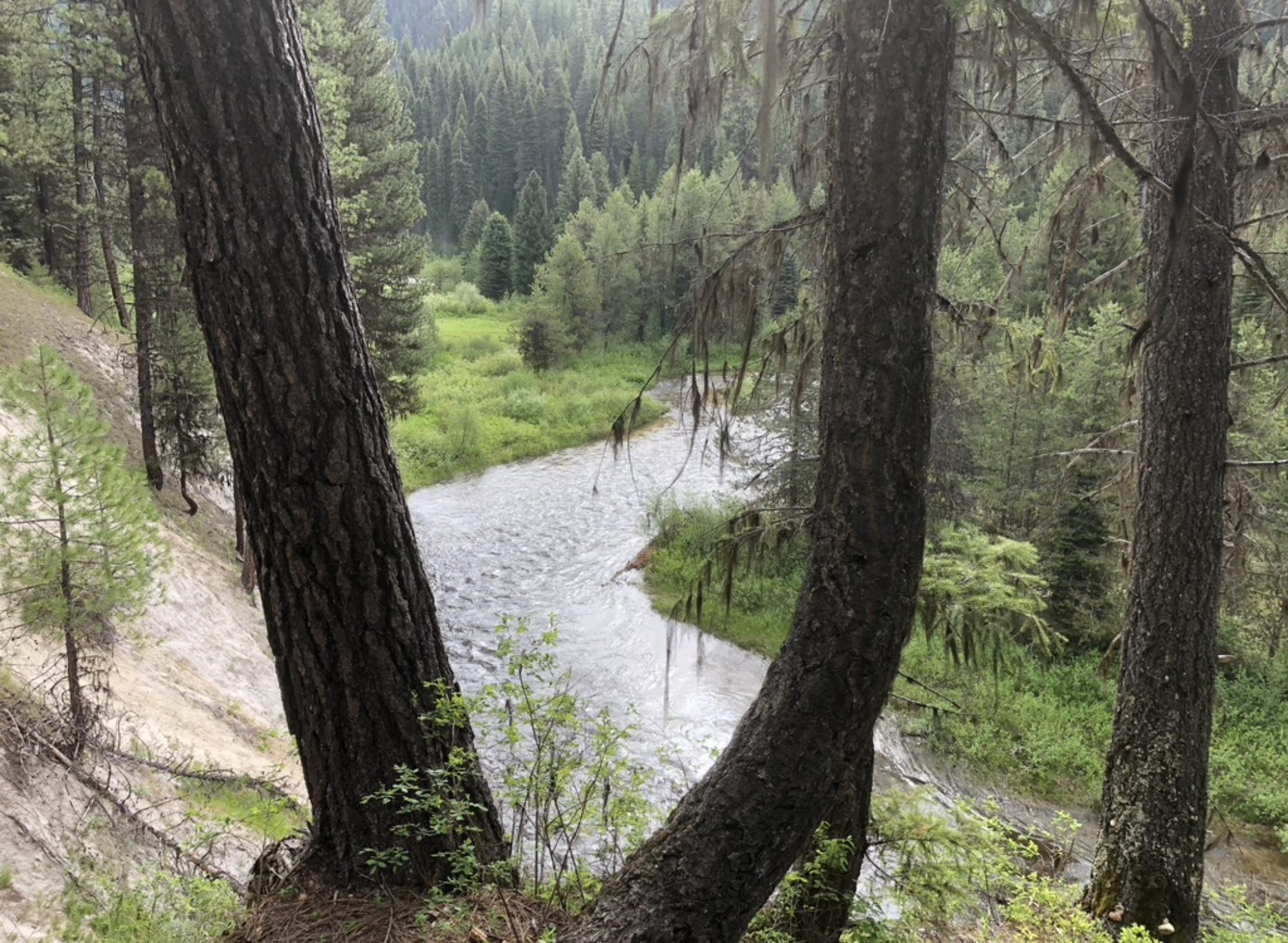
Tending to Endings (Seven)
The first time I contacted hospice was a little over one year ago. Before I made the call, I called friend Betsy from the shower stall in the back bedroom of the condo where my parents lived in Hawaii. It was the furthest point away from my parents’ bedroom, and there were two sets of doors closed between us. Betsy is a nurse who has worked in palliative care, and I wanted to ask her about hospice.
I can’t give a good explanation for my fear and secrecy. Hospice was the logical next step for my mom: Her cancer was inoperable and other treatments hadn’t worked. Mom had a clear advanced directive she created long before she had Alzheimer’s symptoms. My father and sisters and I all knew from that directive and from knowing my mom for many years that she would not want us to prolong her life under these conditions. Mom was living with two terminal diseases.
But there I was huddled in a shower stall whispering to my friend in Idaho and feeling very, very guilty. Bringing in hospice felt like a betrayal. I felt, maybe not that I was causing my mom’s death, but like I was rushing it or agreeing with it or saying that it was ok with me.
This, even though I have been pro-hospice ever since I heard of it, which I believe was back in the 1970s when my mom became enamored by the teachings of Elisabeth Kubler-Ross and shared them with everyone who would listen including her children.
I believe quality of life matters. I believe in choices. I know that research shows hospice does not shorten lifespan. But when faced with my mother’s actual decline and actual pain within her actual living breathing self—the choice to make the call felt, well, wrong. Because the loss of my mother felt wrong.
“Oh Laura,” Betsy said, “Hospice will help all of you.”
“Mom can still sometimes walk to breakfast,” I told her, thinking this was evidence that my mom wasn’t sick enough for hospice.
“That’s excellent. Your hospice nurse will help her to enjoy that more. Some people receive care for years. Most people wait too long and they don’t get the full benefit of hospice which is really about quality of life.”
I remembered the slogan on the Islands Hospice brochure: It’s about Living. I think I actually rolled my eyes at that one. All we could think of these days was illness and death. It seemed a stretch.
Betsy also assured me the staff would tell me if it was too early, in which case there were likely palliative care options available.
I talked with my dad and sisters after that call, and then I made another to Islands Hospice on Maui.
What receiving hospice care meant for my mom was that for the next four months her pain was managed at a level that allowed her to walk to breakfast and play Scrabble and dance in the living room with my father. It meant she never spent another hour of her life in a doctor’s waiting room.

Noelle, our nurse, would visit twice a week and talk with mom out on the lanai of the condo while she checked her blood pressure. Mom quickly befriended Noelle, telling jokes and asking her about her own children.
My dad and I learned the skills necessary to help take care of my mom between Noelle’s visits, and we had a number to call if we had a question or if we needed a nurse to visit at any hour of the day or night.
I don’t want to paint a picture that suggests all of this was easy for any of us and especially for my mom. There were still many moments of uncertainty and worry. There were times when we couldn’t help my mom nearly is as much as we wanted to. There was still unimaginable loss ahead. But the move to hospice care meant less chaos and more guidance and support for our family. For my mom, it meant less pain and more human connection. More regular life.
Betsy was right. Hospice helped all of us. And yes, the pamphlet slogan was right too.

This week I made another call to hospice. This time to enroll in training to be a volunteer. As I’ve begun to explore end-of-life issues, it feels important to be with more people who have firsthand experience. Death and dying can seem abstract when we talk or write or think about them. But they are not abstract. Any more than labor and childbirth are abstract. I don’t want to forget how hard it is, or how full of life.
I look forward to sharing more of what I learn through hospice training and volunteer work. You can also find excellent information at the National Hospice and Care Organization including answers to frequently asked questions, research findings, and a historical timeline for hospice in the United States.
And if you have other topics related to end-of-life that you would like to suggest, please email laura@laurastavoe.com or leave comments below. (If you don’t see a comment box, click here: laurastavoe.com).
I will be traveling next week, and so I will be posting a collection resources I am excited to share on February 21. I will return with a regular column on February 28.
I truly appreciate everyone who reads Tending to Endings and all who have subscribed (72 of us now!). If you would like to receive the post each Friday, please leave your name and email below. My hope is to help create community and conversation around end-of-life matters so that we are better able to support one another.
Have a beautiful week,
Laura

Here is where you can sign up to receive Tending to Endings. It is free and ad-free and I won’t share your email address with anyone.








